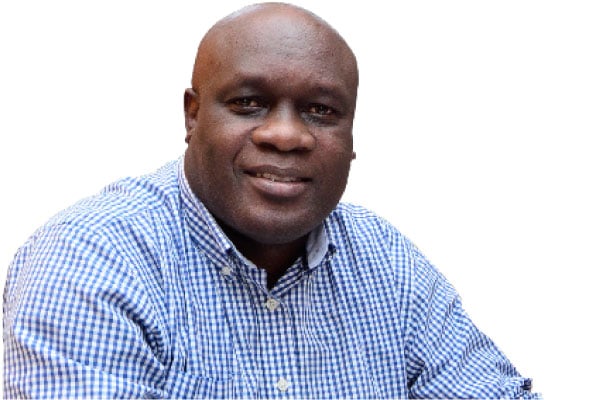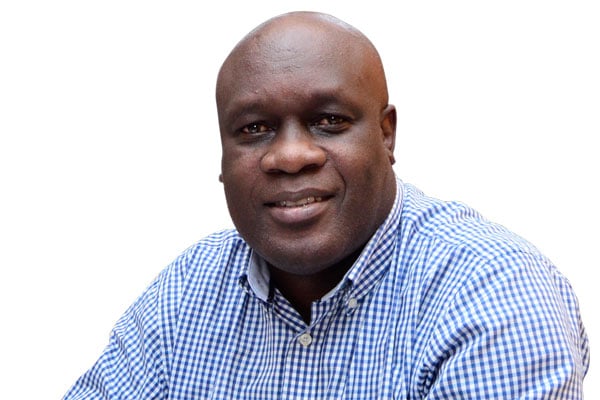Prime
Television is missing link in Uganda’s road safety story

Odoobo C. Bichachi
What you need to know:
All it would take is a 30-minute educative programme in the morning or evening every day
Two weeks or so ago, African Centre for Media Excellence (ACME) hosted a Twitter Spaces conversation on whether “journalists [in Uganda] are telling the story of road safety in a manner that can lead to public outrage and debate to demand that the government does the right thing”.
It came on the heels of increased reports of road crashes around the country and the grim police accident statistics for the month of June that indicated that a total of 1,825 accidents occurred during the month out of which 321 were fatal, 995 were serious and 509 were minor. At least 1,512 accident victims were recorded out of which 366 people died while 1,146 suffered injuries of various degrees.
I was unable to make a contribution even when host Joseph Beyanga aka Joe Walker called me to do so because at that moment my phone battery blacked out. My apologies Joe Walker! I shall use this “space” today to return to this important subject.
There is no doubt that Uganda’s journalists cover road safety issues, particularly motor vehicle crashes as and when they occur. However, our media and journalists tend to generally approach road safety as a news event that occurs from time to time, rather than as a social-economic problem that should be approached from a solution journalism perspective requiring continuous engagement.
The result is journalists are mostly on lookout for reported road crashes from police or social media from which they write one or two stories describing location, vehicles involved, number of victims, a quote from police on alleged cause of accident and they wait for the next accident!
Sometimes road safety is given “in-depth” coverage but it is usually nothing more than reeling off police accident statistics with very little perspective or solutions, a quote from police spokesperson and NGOs in the “accident sector”, anecdote from a survivor or witness, gory photos or videos (for TV) of road crashes and that is it.
What should journalists be doing? First, to treat road safety as an issue that needs continuous coverage and engagement, not a wait and report when a crash occurs. Second, to drive solutions as part of the media’s civic duty by working with other stakeholders to publicise functional information on road safety not as a one-off but continuously.
Three or so years ago, Daily Monitor had a great initiative, “Stay in Your Lane” where photos of offending motorists were published to shame them and possibly cause their prosecution. It however fell by the wayside in part because it did not attract critical support from important stakeholders – government agencies, NGOs, etc. Nevertheless, it was an important exercise in solution journalism.
Similarly many years ago, veteran journalist Drake Ssekeba (bless him), hosted a popular traffic and road safety programme on WBS television. It was very educative on the dos and don’ts on the road and was of immense benefit to especially new drivers.
Television is one of the most powerful media platforms on account of combining sound, picture, time and space. Unfortunately, Uganda’s TV stations are the least engaged in issues of road safety yet their reach, influence and colourful graphics could be leveraged to lead the drive in road use behavior change. All it would take is a 30-minute educative programme in the morning or evening every day and hour-long on the weekend.
Such programmes would, in real time and with real graphic examples, teach motorists about overtaking, use of lanes, right of way, approach at junctions, road courtesy, sanctity of keeping left, etc. This in addition to law enforcement would teach and tame many rogue drivers and riders on our roads.
Yes, initially there may be no sponsorship but they have the potential to attract it, making them self-sustaining and a good contribution to society. Instead, many of our TV stations devote a lot of time to discussing sex, relationships, comedy, music, etc with very little space for a problem where 11 people die every day on the road with hundreds injured. They will only give it five minutes in the occasional news bulletin!
So back to the ACME topic, Uganda’s journalists are not doing enough to tell stories in a way that can trigger outrage and action on road safety. Sadly, the biggest failure or missing link is television journalists and the 40+plus TV stations broadcasting across the country.
Send your feedback/complaints to [email protected] or call/text on +256 776 500725.



